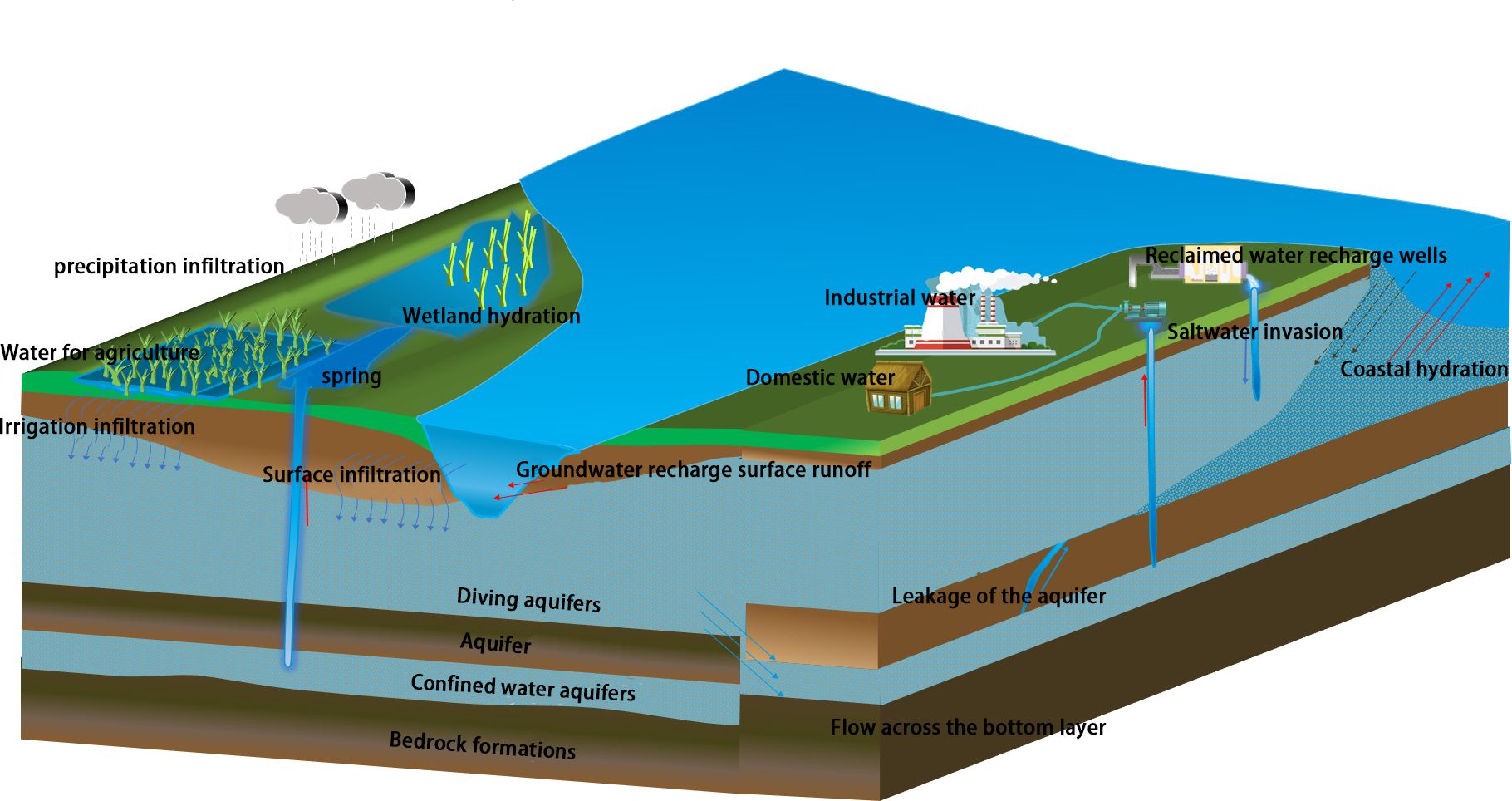Geothermal and geological exploration solutions
Underground flow control
Underground pipelines and fluid systems are widely used in various fields such as water supply, gas supply, and oil supply. Accurate monitoring and control of flow rates are crucial for ensuring the safety and efficiency of these systems. Traditional flow monitoring methods typically involve discrete point measurements using sensors or the use of mechanical flow meters. However, these methods are limited by the limited number of measurement points and narrow monitoring range, thus unable to provide comprehensive and continuous flow monitoring and control.

Distributed fiber optic temperature monitoring technology, through the deployment of fiber optic sensors, enables comprehensive monitoring and control of underground fluid flow. Specifically, fiber optic sensors detect temperature anomalies caused by fluid flow by measuring temperature changes in the surrounding medium. Based on the temperature variations, the flow velocity and flow rate of the fluid can be inferred, allowing for real-time monitoring and control.
Fiber optic deployment involves placing the fiber optic cables along underground pipelines, rivers, wells, or other areas where fluid flow occurs. The fiber optic cables can be installed by burying them in the soil, attaching them to the surface of the pipeline, or placing them in the groundwater surrounding the fluid. The purpose of fiber optic deployment is to cover the areas that require flow monitoring and obtain temperature data for evaluating fluid flow conditions.

Temperature Change Detection: Evaluate the flow rate of underground fluid by monitoring temperature changes in the fiber optic cables. When fluid flows, it causes variations in the surrounding ambient temperature. Distributed fiber optic sensors can detect temperature changes in real-time and convert them into flow rate information. By detecting temperature variations, the flow velocity and flow rate of the underground fluid can be assessed.
Data Acquisition and Analysis: Temperature data from the fiber optic sensors is collected and recorded. A data acquisition system connected to the fiber optic sensors collects and stores temperature data. Professional data analysis software is used to process and analyze the data, calculate flow velocity and flow rate, and provide monitoring reports and trend analysis.
Threshold Alerts and Alarms: The system can be configured with threshold alerts and alarms based on predefined temperature thresholds and flow velocity/flow rate models. When temperature changes or flow velocity/flow rate exceed the set thresholds, the system can automatically trigger alerts, notifying operators and prompting appropriate actions. This helps in real-time monitoring and control of underground flow, preventing flow velocities and flow rates from exceeding expected ranges.
Remote Monitoring and Control: The distributed fiber optic temperature monitoring system can be connected to a remote monitoring platform, allowing operators to remotely monitor temperature data and related parameters of underground flow. Through remote monitoring and control, operators can have real-time insights into flow conditions and make necessary adjustments and controls to optimize the flow and management of underground fluids.

By adopting a distributed fiber optic temperature monitoring solution for underground flow control, real-time monitoring and control of underground fluid flow can be achieved. This helps optimize fluid flow management, improve resource utilization efficiency, and provide reliable data support for applications such as underground water resource management, geological exploration, and environmental monitoring.





